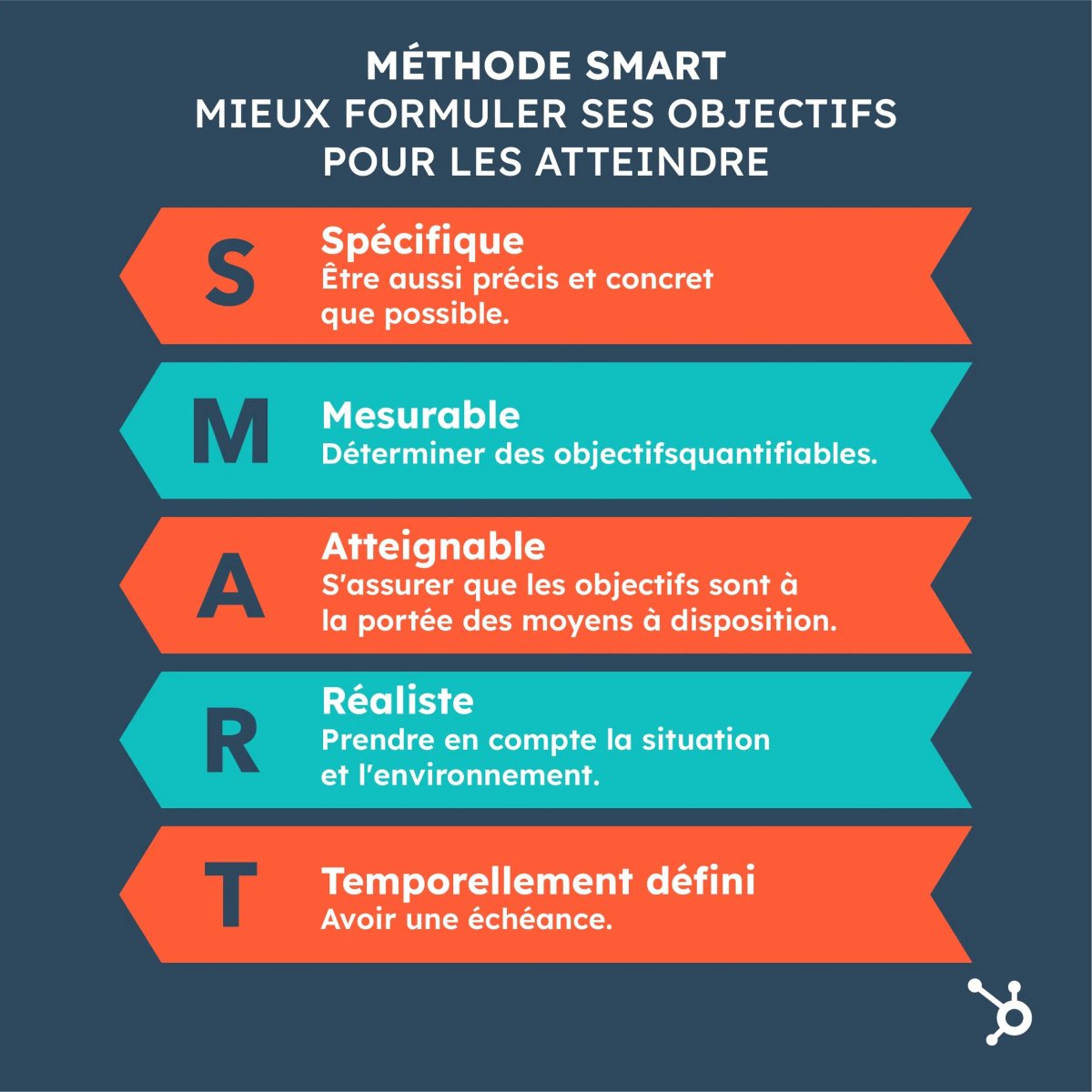Smart Home Tech for Stylish and Functional Spaces is rapidly transforming how we live, offering a seamless blend of technology and design. It’s no longer just about convenience; smart home integration is now about enhancing the aesthetics and usability of our living spaces. This exploration dives into how smart devices contribute to both the visual appeal and the practical efficiency of your home.
From elegant lighting solutions to automated climate control, we’ll examine how these technologies can be incorporated to create a home that is not only technologically advanced but also beautifully designed and perfectly suited to your lifestyle. We’ll also cover the latest trends and innovations shaping the future of smart home design, ensuring your space is both cutting-edge and uniquely yours.
Introduction: Blending Technology and Aesthetics: Smart Home Tech For Stylish And Functional Spaces
The modern home is evolving, no longer just a shelter but a dynamic space that adapts to our needs and enhances our lifestyle. Smart home technology offers an unprecedented opportunity to seamlessly integrate functionality and style, transforming living spaces into intelligent, aesthetically pleasing environments. This article delves into the convergence of technology and design, exploring how smart home solutions can elevate both the visual appeal and the practicality of your home.
Smart home technology is revolutionizing how we design stylish and functional living spaces. This seamlessly connects to the evolving world of interior design, where you’ll find insights into Smart Decor Trends for Elegant Luxury Homes , exploring the convergence of aesthetics and intelligent features. Ultimately, integrating these technologies enhances not only the look of your home but also its usability and efficiency, making it a truly modern living experience through smart home tech.
Explain the core concept of “Smart Home Tech for Stylish and Functional Spaces”.
The core concept revolves around the harmonious integration of smart technology into the home to improve its functionality and aesthetic appeal. This means choosing devices and systems that not only perform tasks efficiently but also complement the existing design and enhance the overall look and feel of the space. It’s about creating a home that is both intelligent and beautiful, where technology serves as an invisible assistant, enhancing comfort, convenience, and style.
Smart home technology has revolutionized the way we design and interact with our living spaces, focusing on both style and functionality. For those seeking the ultimate in home automation, exploring the world of Luxurious Smart Home Gadgets for Homeowners can elevate the experience. Ultimately, the goal remains creating stylish and functional spaces, enhanced by the convenience and sophistication of cutting-edge technology.
Provide examples of how smart home technology enhances both the style and functionality of living spaces.
Smart home technology enhances both style and functionality in numerous ways. For example, smart lighting systems allow for customizable ambiance, with dimmable lights and color-changing options that can transform a room’s atmosphere. Functionally, these systems can be automated to turn on and off at specific times or respond to motion, enhancing convenience and energy efficiency. Similarly, smart thermostats regulate temperature automatically, providing comfort while optimizing energy consumption. Smart blinds offer both aesthetic appeal and convenience, allowing for automated control of light and privacy.
Detail the evolving trends in smart home design, emphasizing the integration of technology with interior design.

Source: lafabriquedunet.fr
The trend in smart home design is increasingly focused on seamless integration. Designers are now prioritizing devices that blend into the environment, with sleek designs and minimalist aesthetics. The focus is on concealing technology, using recessed lighting, hidden speakers, and integrated control panels. Voice control is also becoming a central feature, allowing users to control various aspects of their home without visible interfaces. Furthermore, there’s a growing emphasis on sustainable and eco-friendly smart home solutions, with energy efficiency and environmental impact being key considerations.